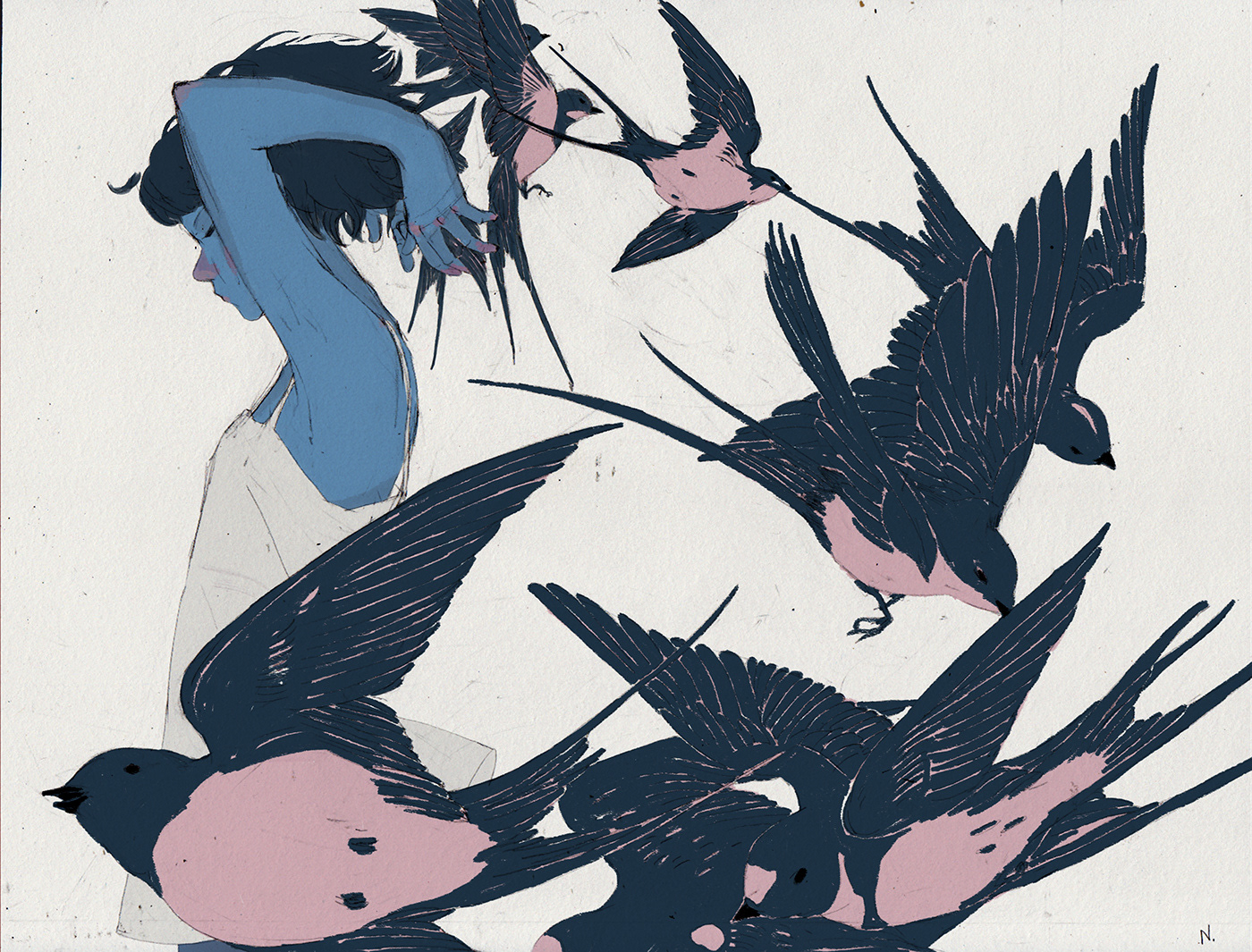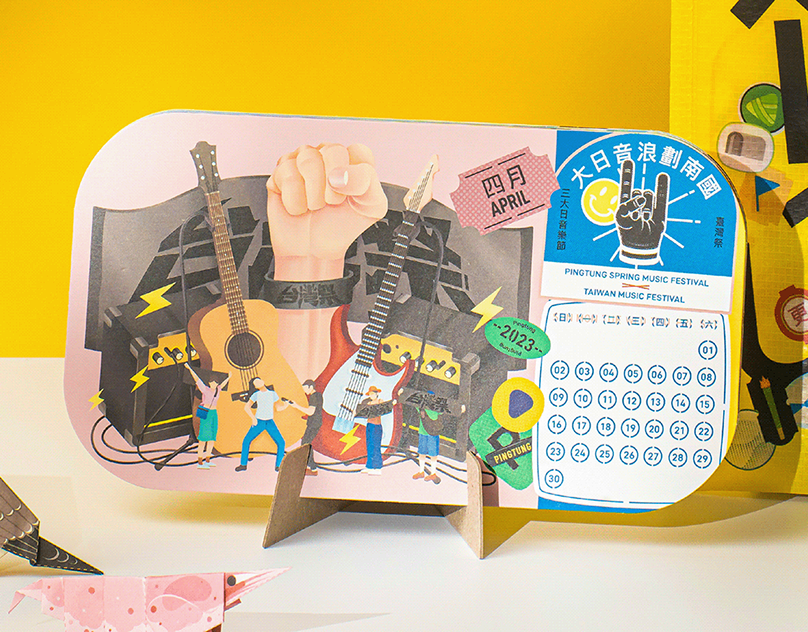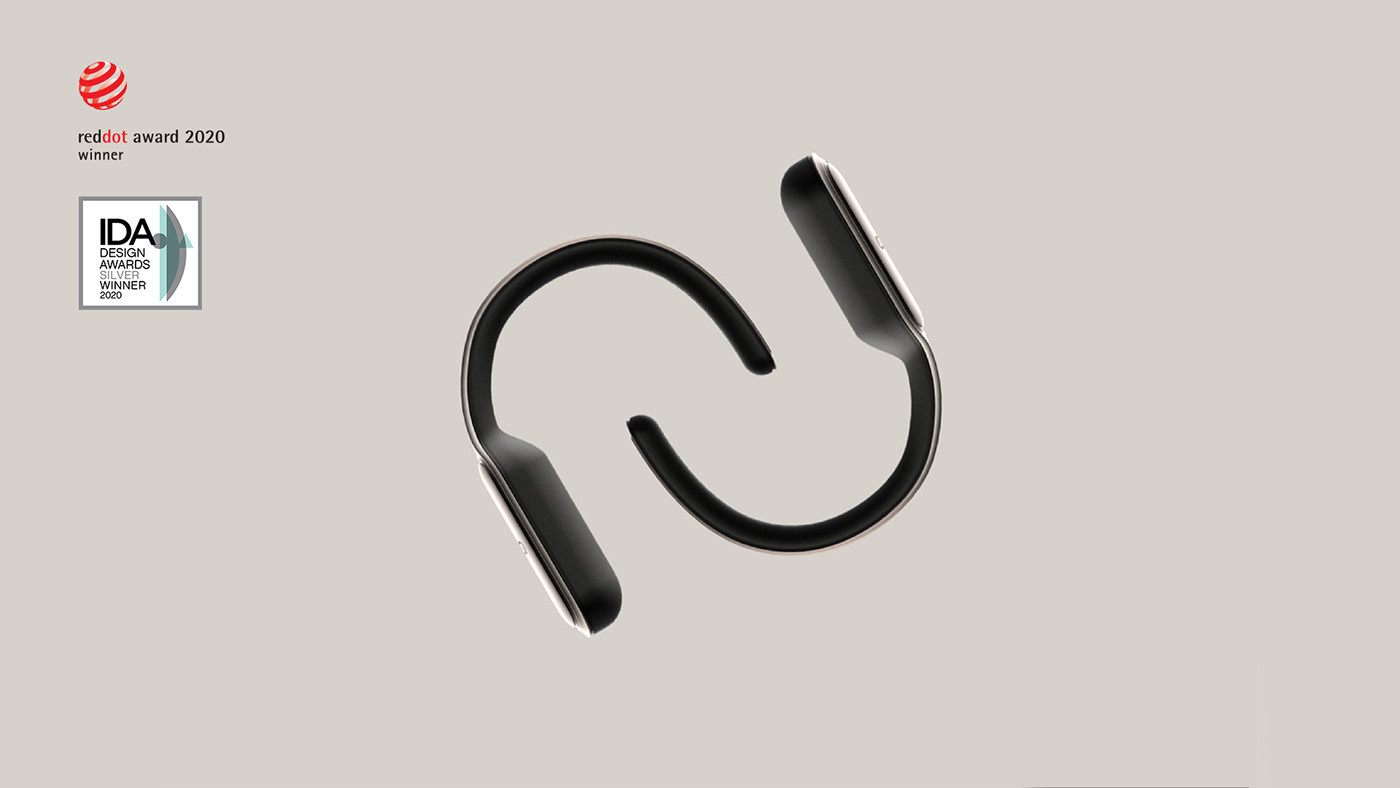
Like most developed nations, Singapore faces a rapidly aging population, with nearly 20% of the current population above the age of 55.
Correspondingly, there has been a surge in elderly-related emergencies in Singapore.
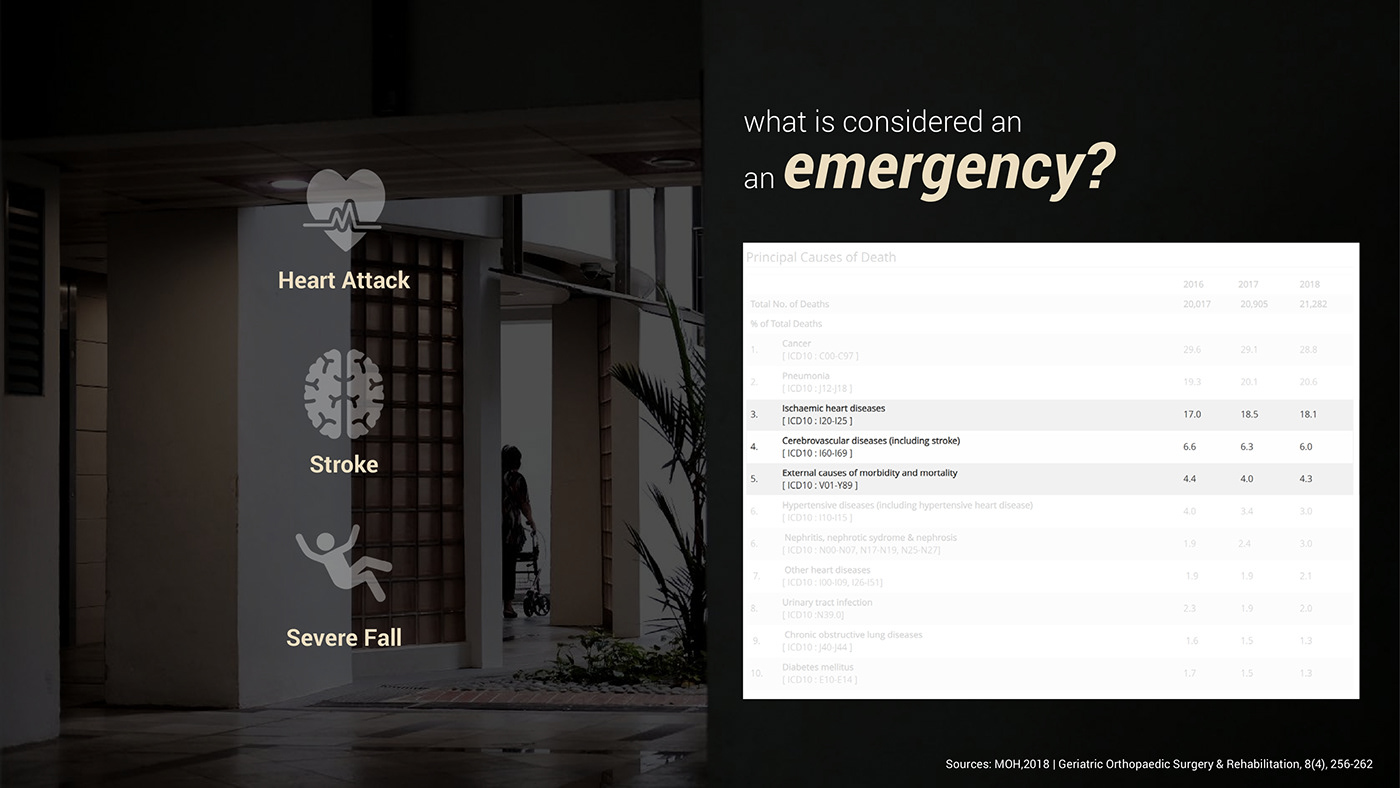
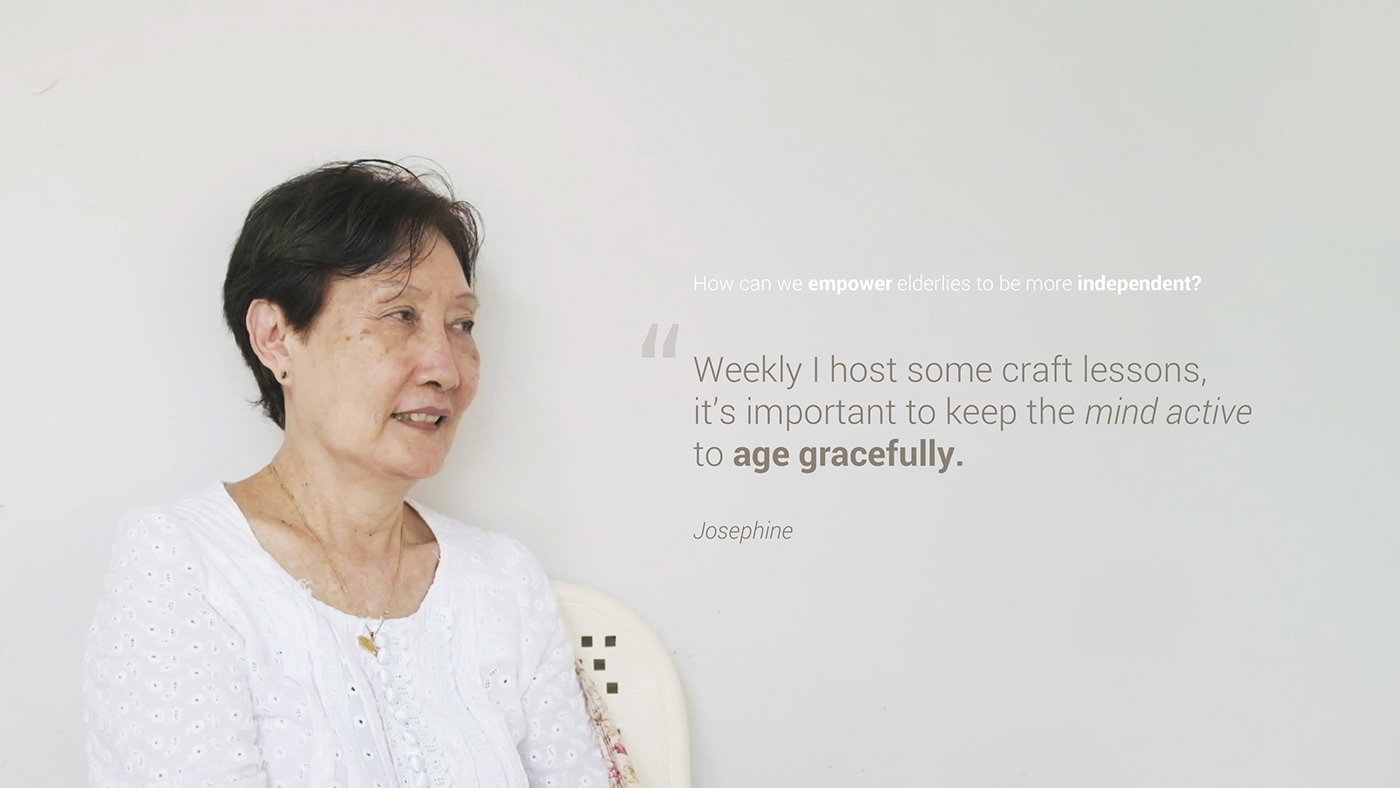
Through numerous interviews, we found out that even though physical accidents are of concern to the elderly, their mental well-being and retaining their independence and autonomy over their daily lives were crucial in their adoption of new technologies and solutions.
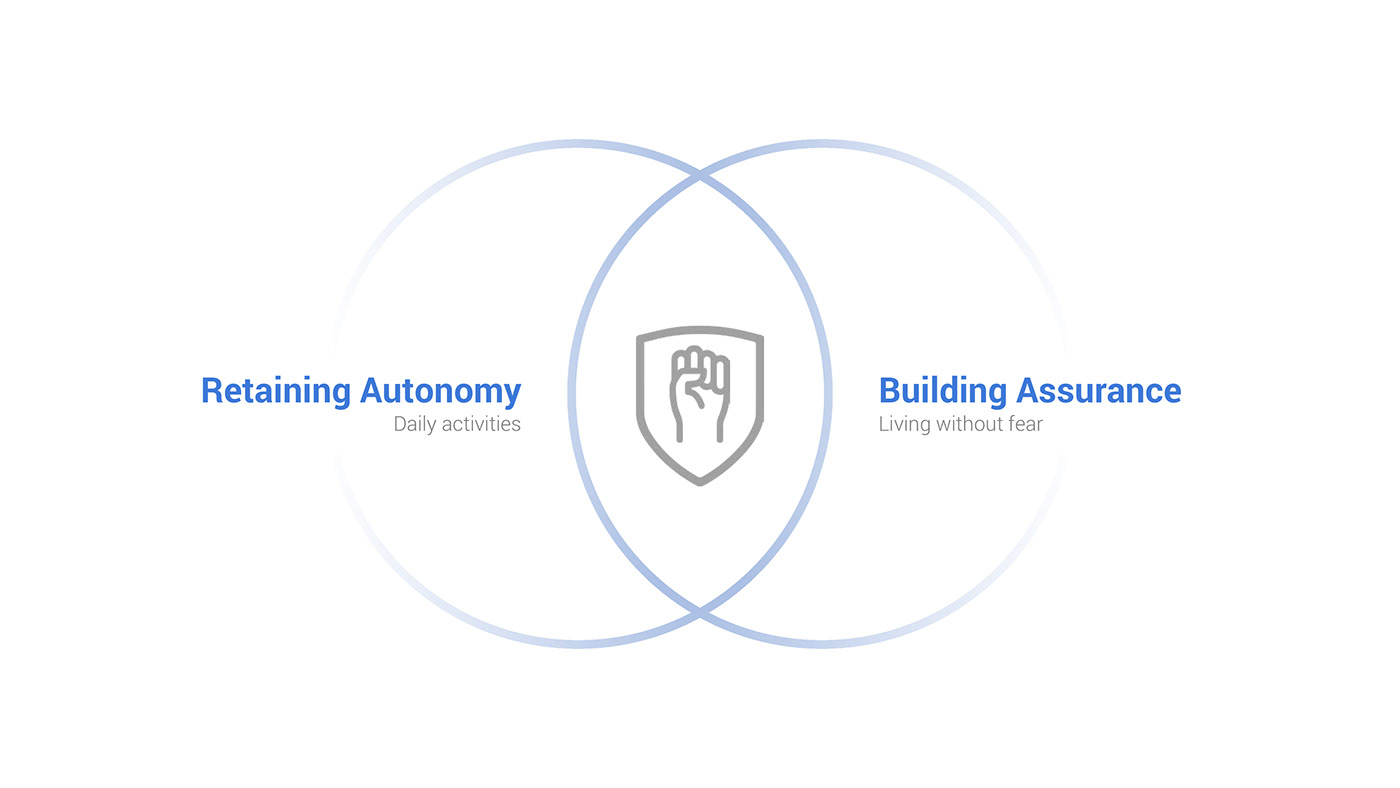
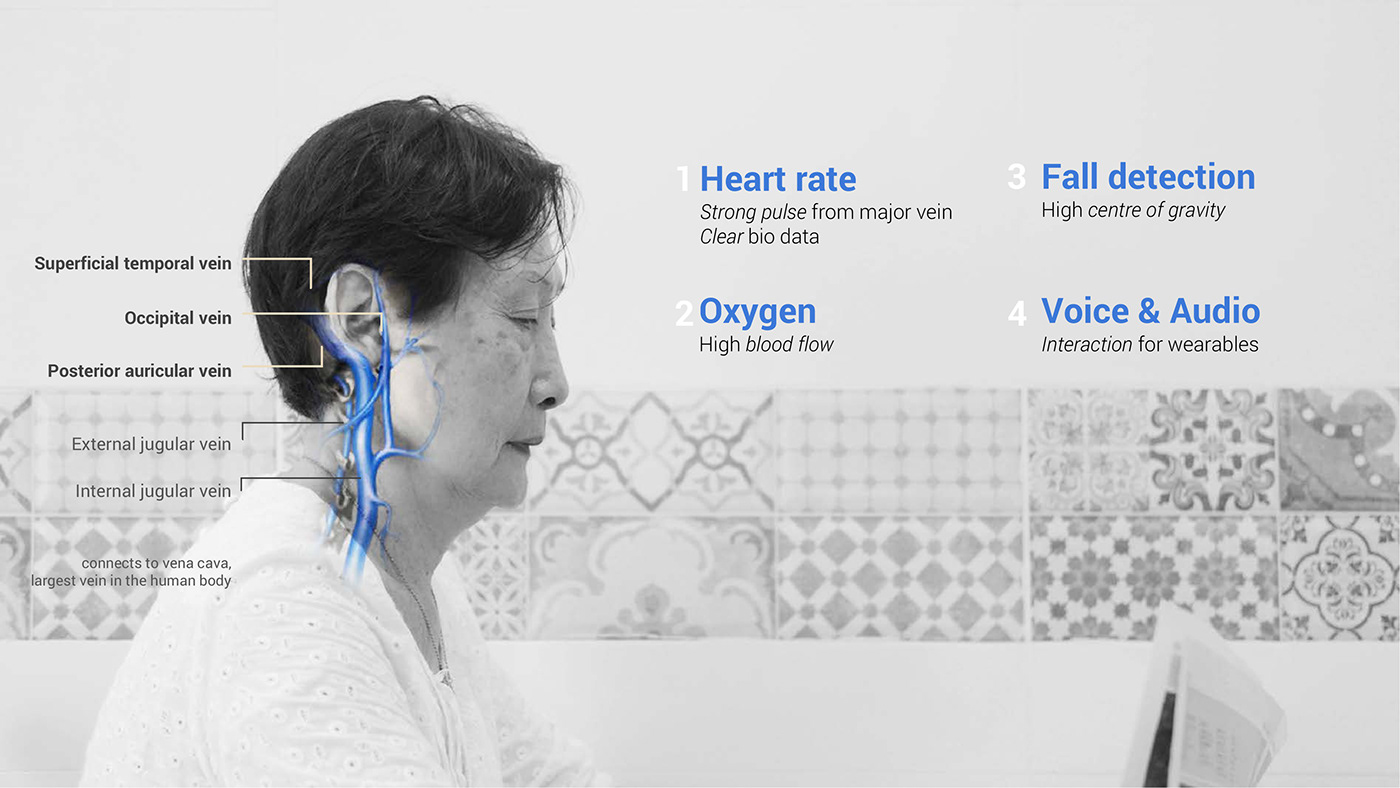
Responding to the top 3 emergencies in Singapore, we identified the ear typology as a potential opportunity area for a new generation wearable that could help detect anomalies before potentially dangerous situations occur.
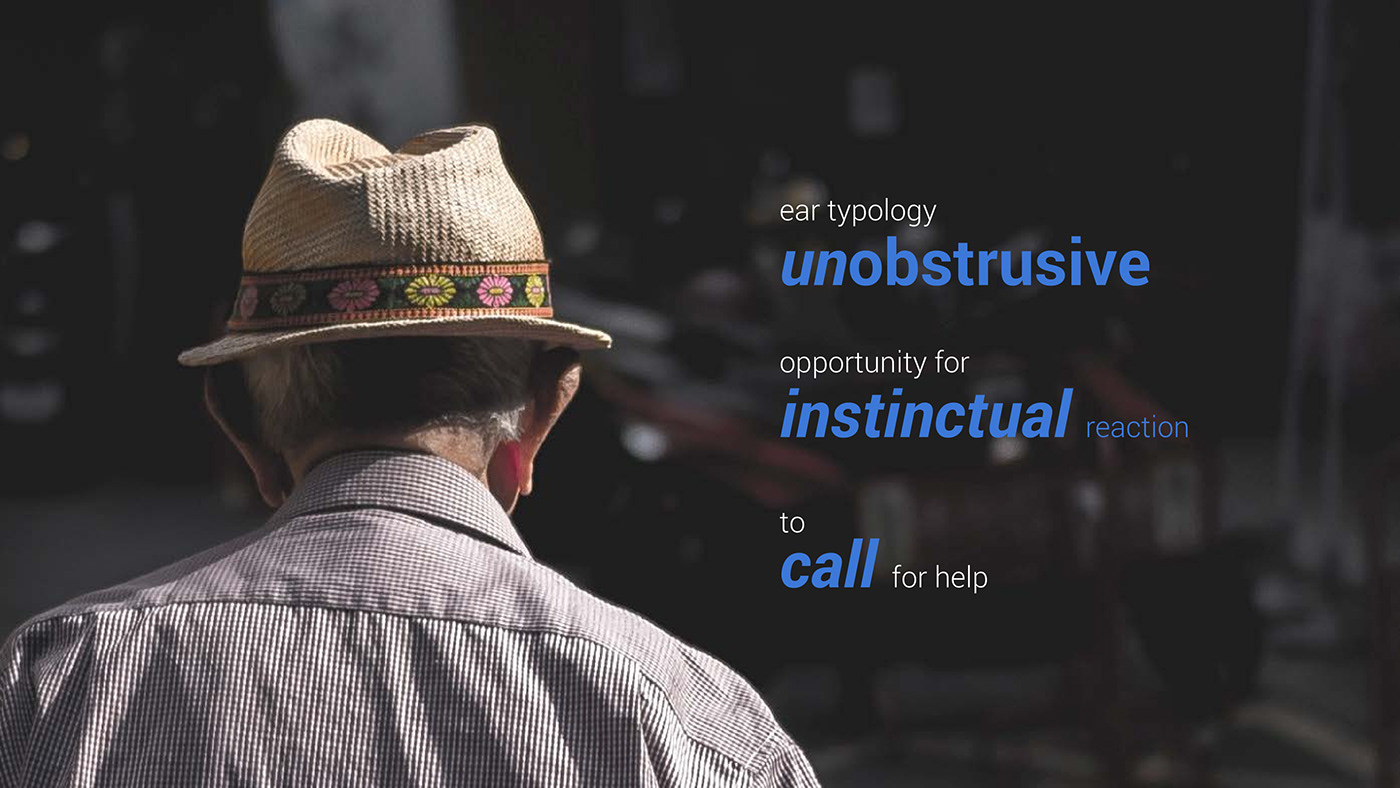
While ideating around the ear wearable, we threaded carefully to avoid resembling a hearing aid which would affect its adoption from the elderly.
We strived for forms and aesthetics that provided intuitive cues for the elderly to operate it with a single point of interaction.
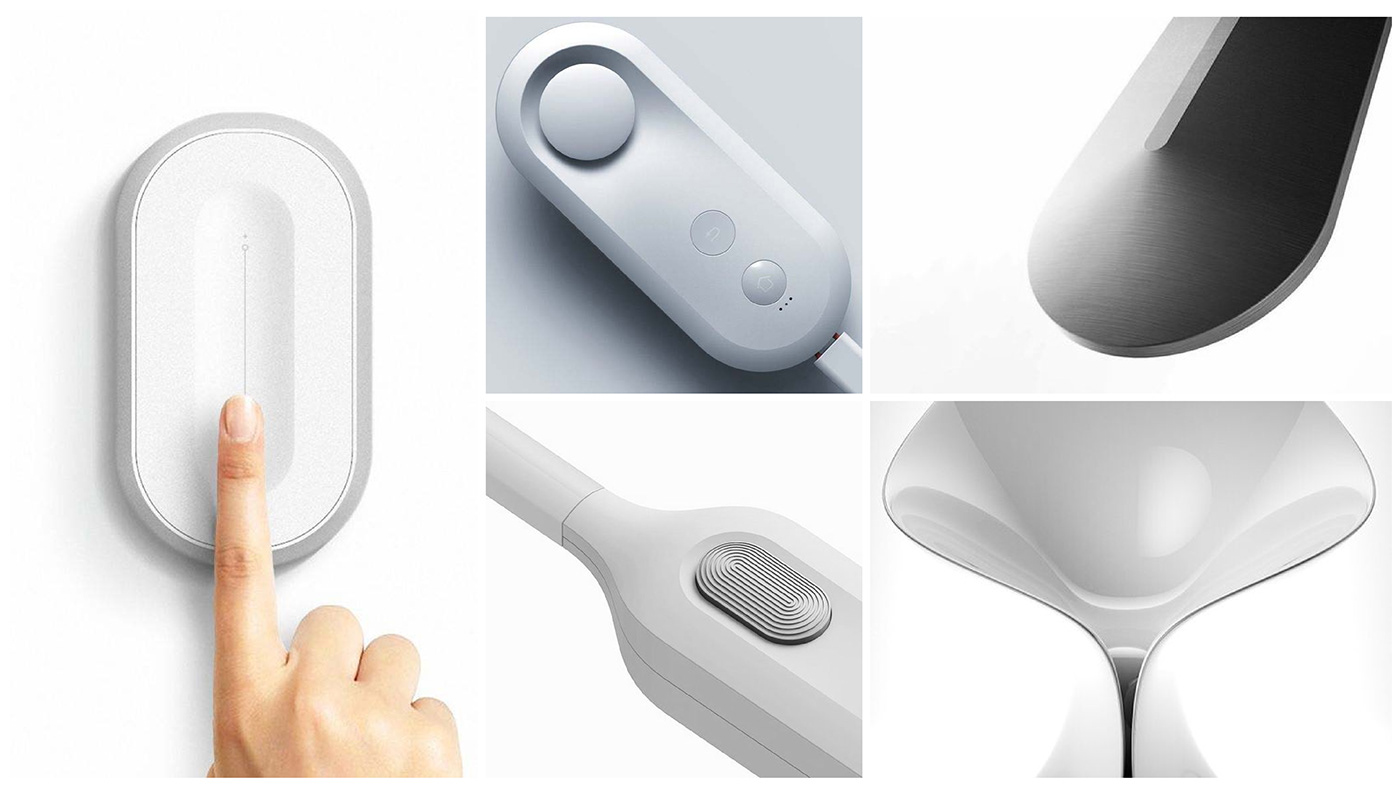

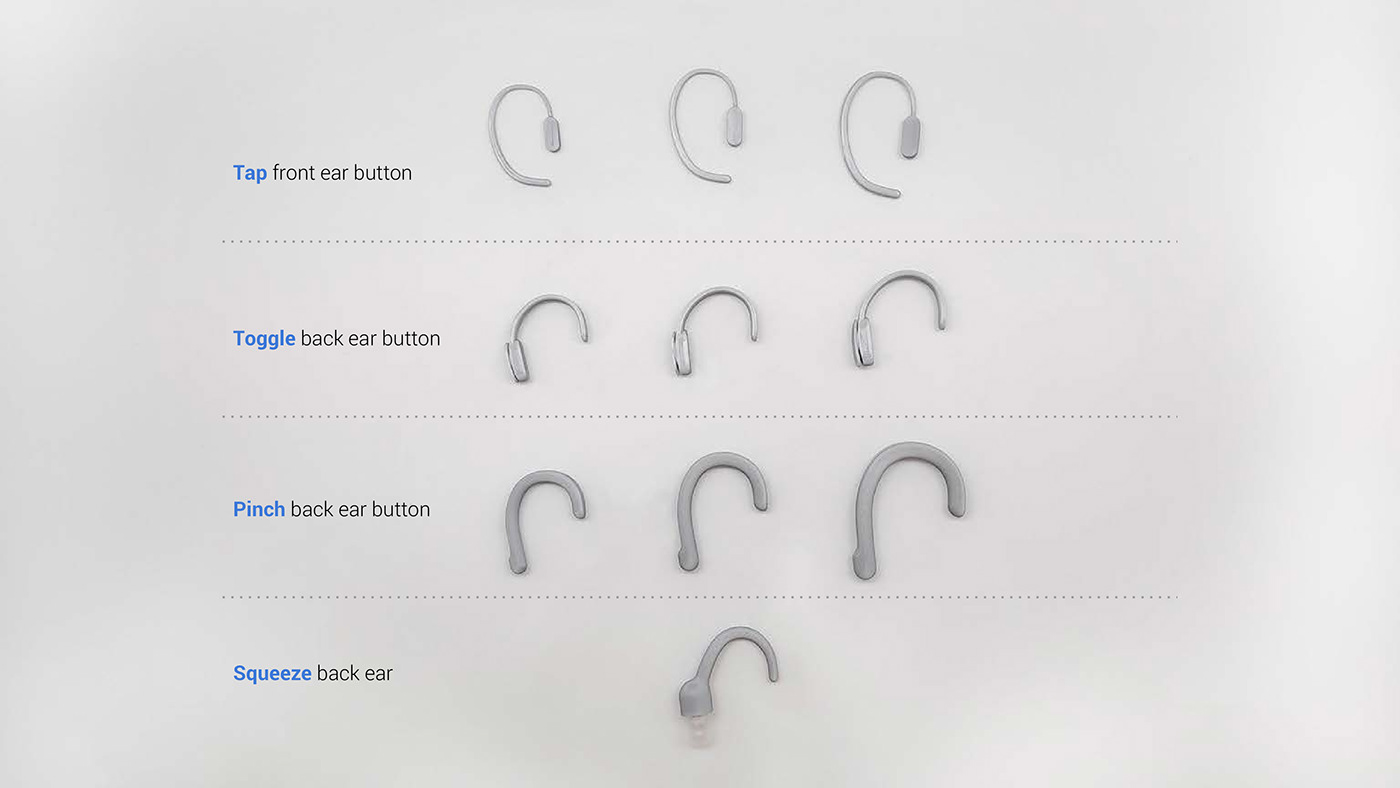
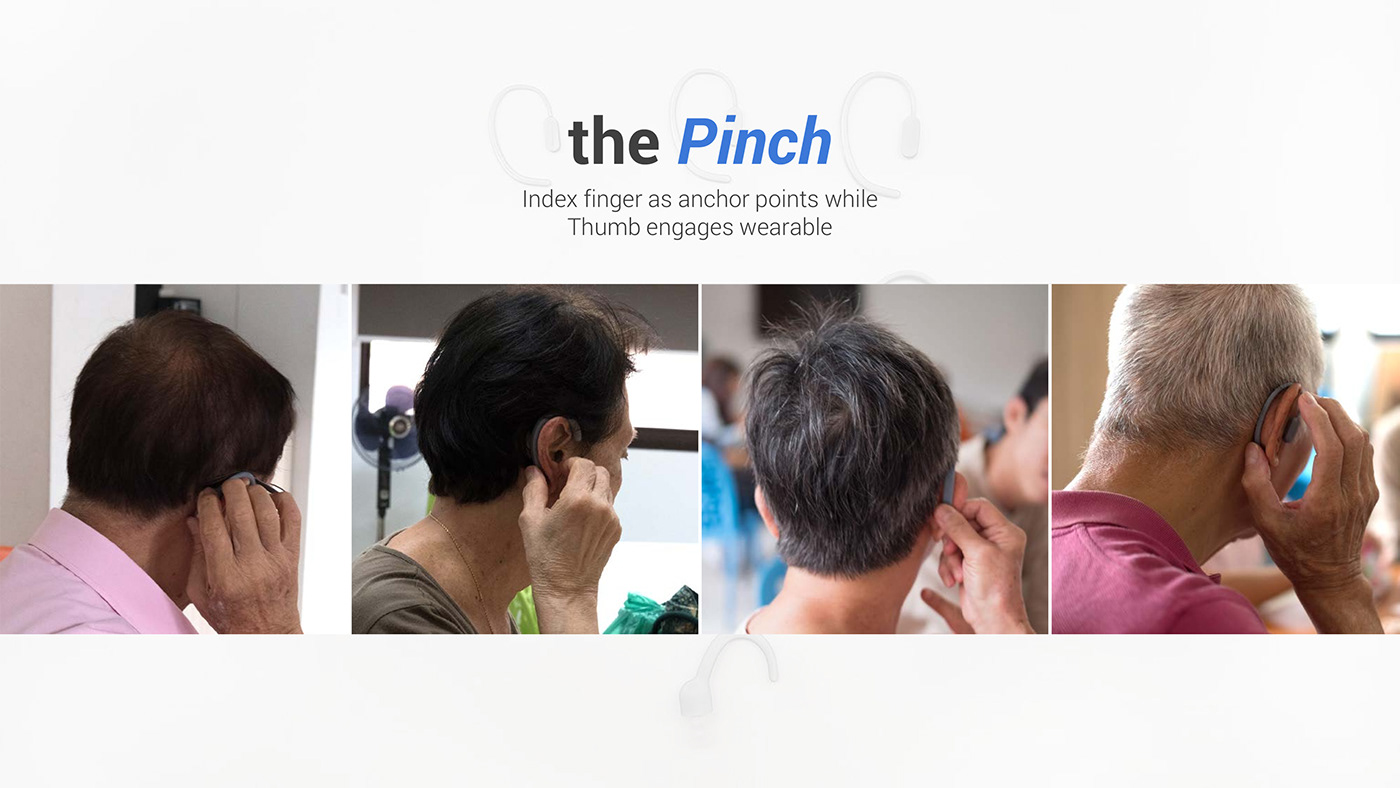

From the user testing, we found the Guiding Ridge (01),
coupled with the pinching gesture seem to be the most intuitive
as most of the elderly were able to operate it without prior instructions.
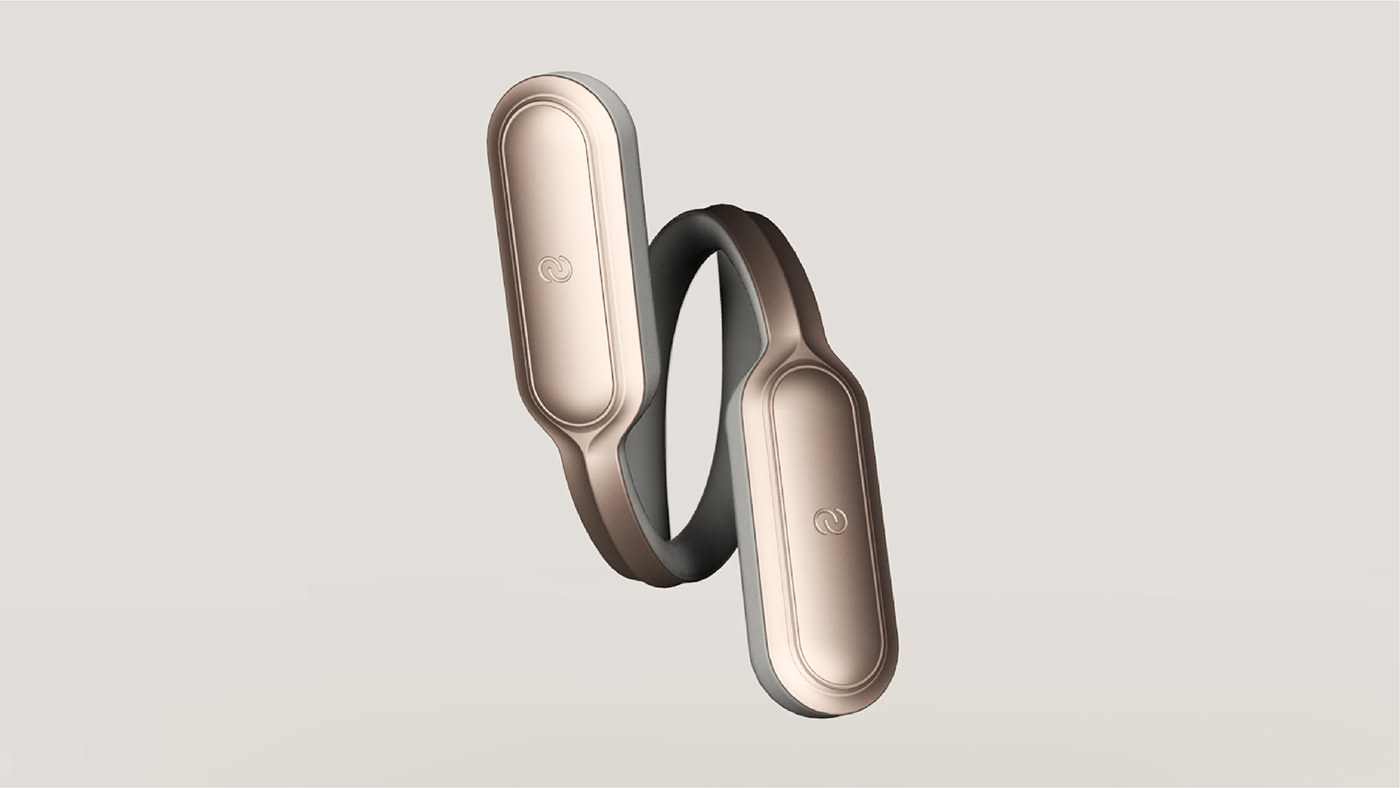
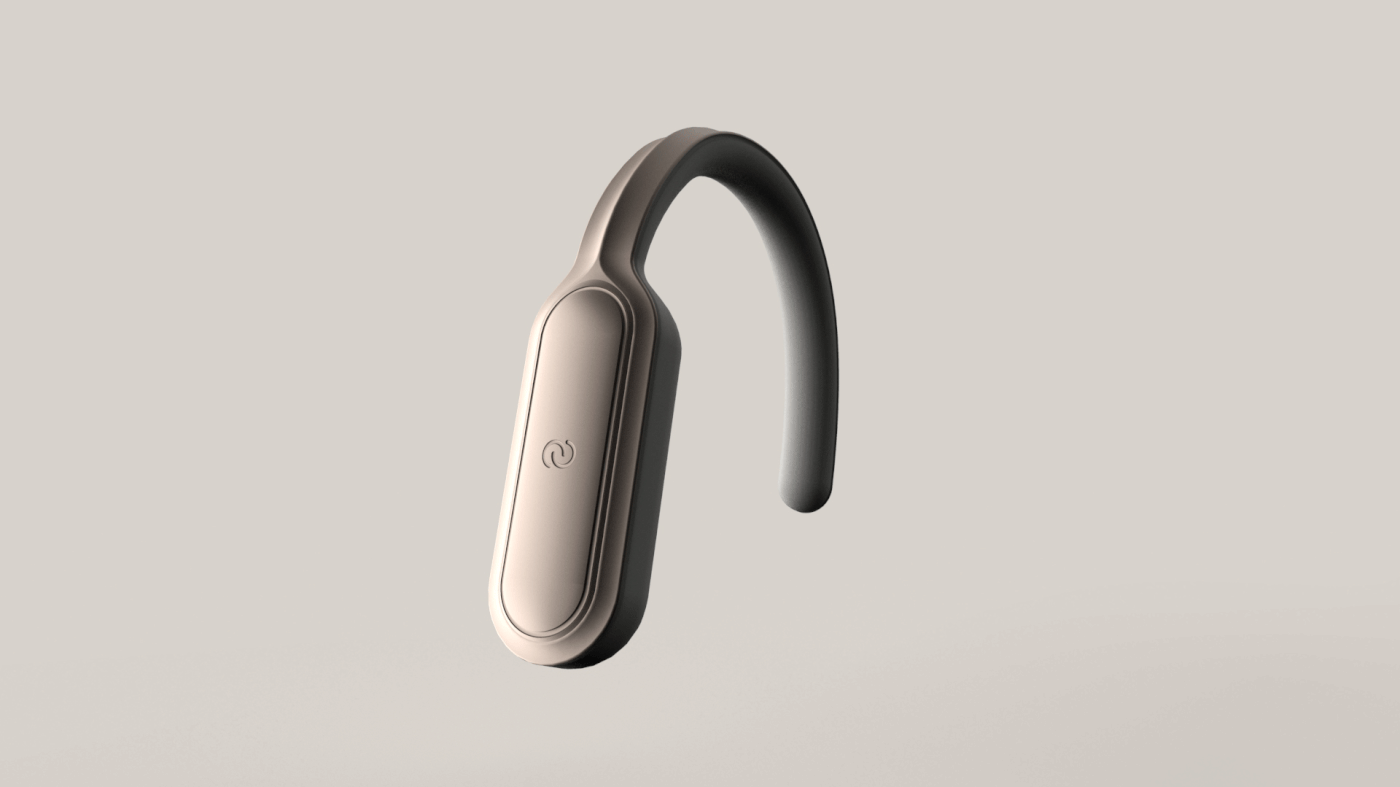
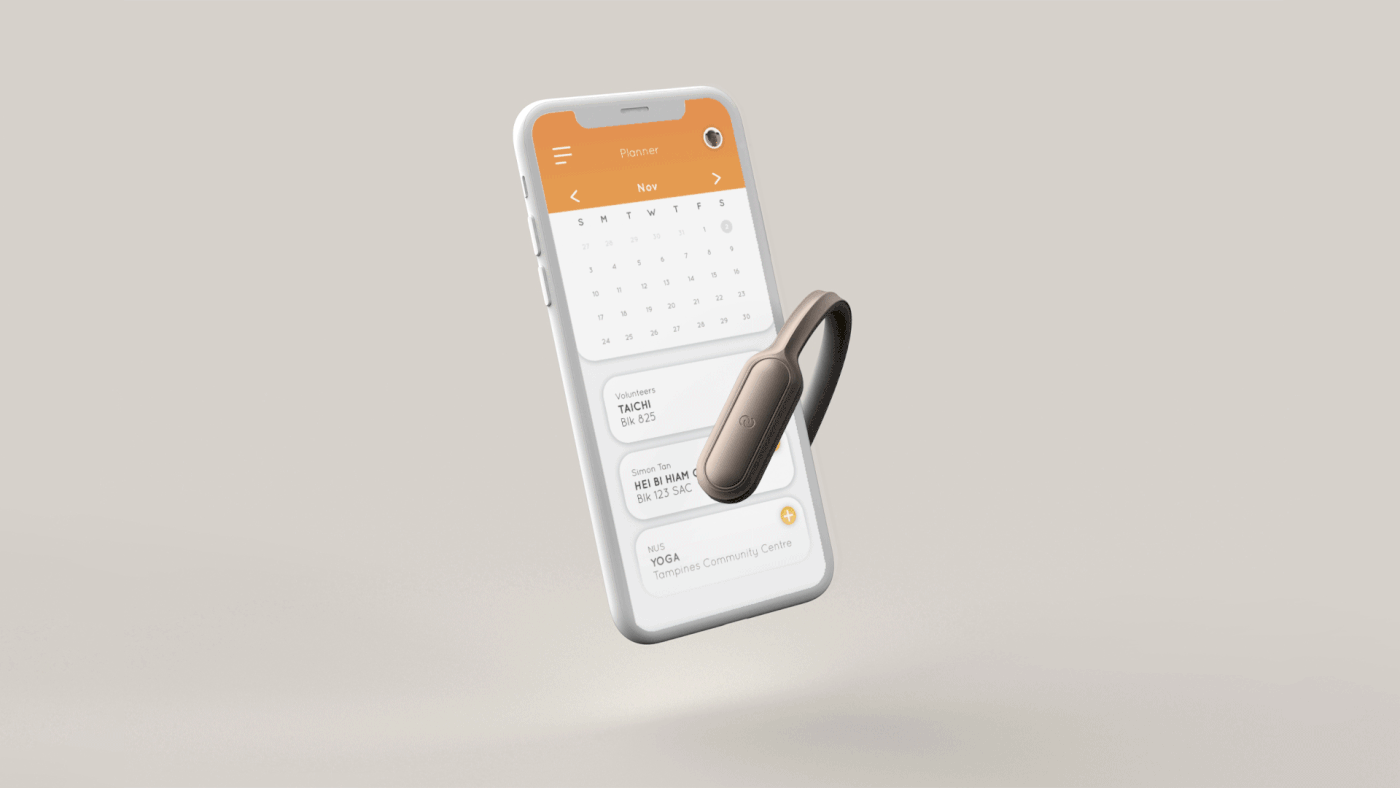
Providing autonomy and assurance for the elderly to carry out their daily routine.
Cradle is a ear wearable with the goal of empowering seniors to have autonomy and assurance in their daily life.
Sensors from Cradle pick up clear biometric data due to the strong pulse rates around the ear, enabling accurate tracking of health for seniors regardless of their location. This is connected to a mobile application which visualizes their health assuring them and their families of their health empowering seniors to age gracefully in place.
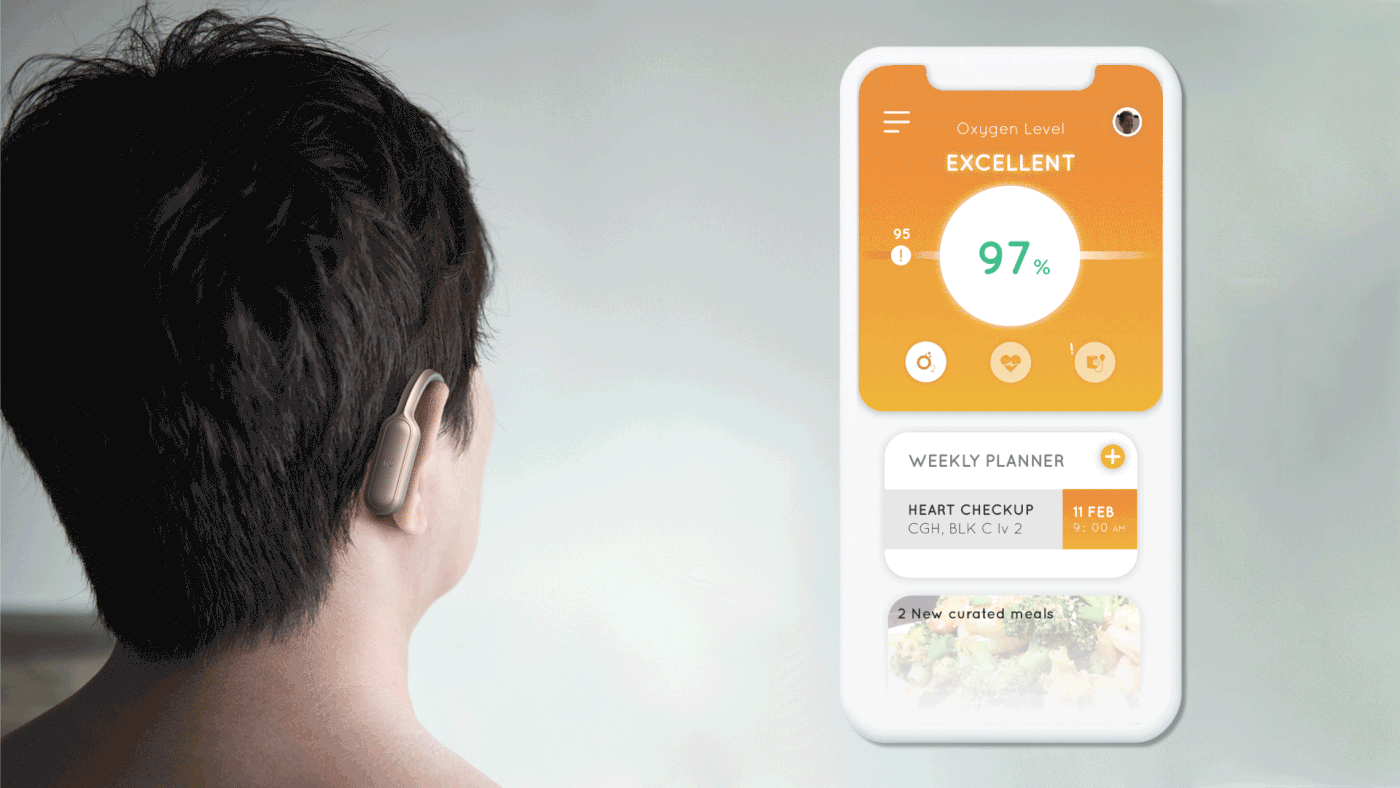
Speaking to Cradle can help to organise their personal calendar, and also serve as a point of communication to emergency response.
In collaboration with the Government Technology Agency (GovTech).

